Tommy Yule – Olympic Weightlifting For Athletes
Description:
Power outputs you can expect from the lifts and how this compares to alternatives-Mobility adaptations that can be expected from incorporating the lifts-Cleans versus Jumping- Which one wins?-The black box- what can we put in to develop power?-2 Key factors that you need to know about when designing programmes for your clients and athletes-Quality versus Quantity- a consideration for you in your coaching-Effective coaching to LEARNING- what not to say and how to maximise uptake from your clients-Addressing limiting factors- what’s stopping your athletes from progressing in their training? It may well be something you’re not looking at-How to be powerful and explosive-Setting up for power- the first pull-The importance of INTENT in training-Overcoming limitations that you or your athletes will face-Snatch, Clean OR Jerk? Which one to use to create the adaptations you need-Push Press Versus Jump Squat- which one is the right exercise for YOU?-How to prepare for lifting sessions-Key mobility exercises you need to know about-Band stretches and when to use them-The Overhead Squat- where it fits in and when NOT to use it-The Front Squat and the benefits of using this critical exercise-The Clean- how to coach and perform effectively-What we are looking for with the olympic lifts when using with athletes-How to find the right JUMP or POWER position for your training and for your athletes-Explorative learning in the weights room-How to maximise training for POWER with the time you have with your athletes and clients-Problem solving common faults, coaching cues to use, instant corrections, grip strength, posture and much, much more-Speeds required to catch and complete the clean- if you’re not moving the bar this fast you’ll fail the lift!-Structural balance in the lifts- how much you should be squatting to clean the weight you need. How much your snatch should be, press, pull etc etc-What are the critical exercises and which are supplementary?-Muscle cleans and snatches- this derivative can rapidly accelerate your progress-How to load effectively to get the most from your athletes and your training-The Jerk- explorative learning to get you super powerful and explosive-Athlete applications and progressions for the jerk nd derivatives-Behind the neck jerks-Addressing weak links- grip strength, structural strength and stability-Productive strength goals in your athletes-Using the power clean for strength development-How to develop high levels of dynamic correspondence to sports and other activities-How to decide when and which lifts to use with your athletes- when is is WRONG to use the lifts? When is it too high a cost?-Intensity zones and how to capitalise on the time you have available-The truth about GRINDING out reps!-Drop sets and loading parameters for getting MAXIMAL RESULTS-Forces in the cleans from different positions that will affect your exercise selection-Applications to athletes summary and question and answersupped by sheefo
FITNESS – HEALTH – MEDICAL Course
More information about Medical:
Medicine is the science and practice of establishing the diagnosis, prognosis, treatment, and prevention of disease.
Medicine encompasses a variety of health care practices evolved to maintain and restore health by the prevention and treatment of illness.
Contemporary medicine applies biomedical sciences, biomedical research, genetics, and medical technology to diagnose, treat, and prevent injury and disease,
typically through pharmaceuticals or surgery, but also through therapies as diverse as psychotherapy, external splints and traction, medical devices, biologics, and ionizing radiation, amongst others.
Medicine has been around for thousands of years, during most of which it was an art (an area of skill and knowledge) frequently having connections to the religious and philosophical beliefs of local culture.
For example, a medicine man would apply herbs and say prayers for healing, or an ancient philosopher and physician would apply bloodletting according to the theories of humorism.
In recent centuries, since the advent of modern science, most medicine has become a combination of art and science (both basic and applied, under the umbrella of medical science).
While stitching technique for sutures is an art learned through practice.
The knowledge of what happens at the cellular and molecular level in the tissues being stitched arises through science.
Preview Information:
More Course: FITNESS – HEALTH – MEDICAL
Outstanding Course:Chao Pang – Tai Chi: Stillness Through Motion


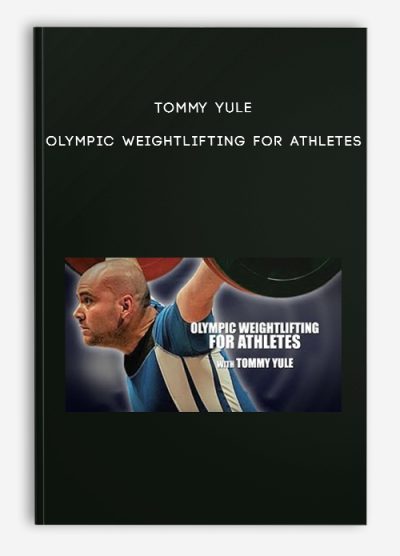


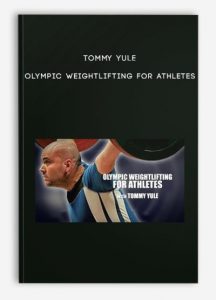

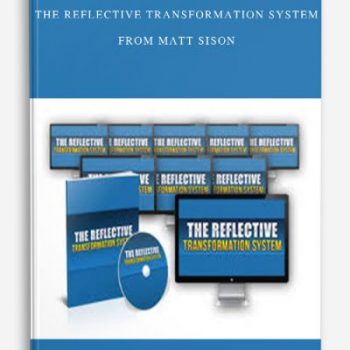
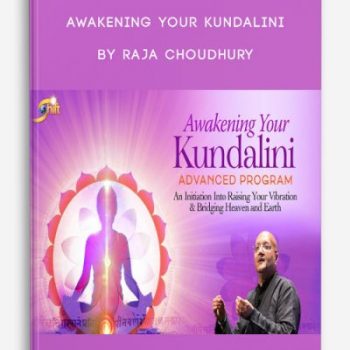

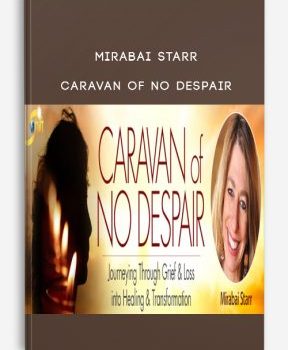
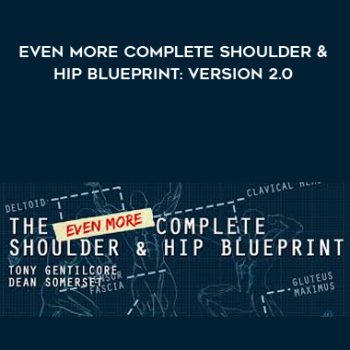
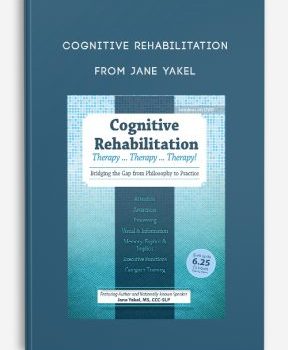
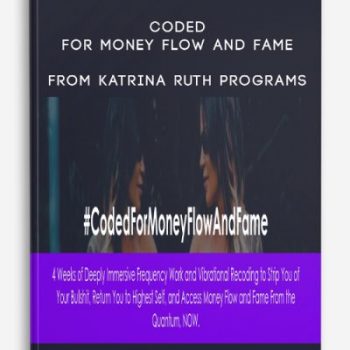
Lord –
This is Digital Download service, the course is available at Vincourse.com and Email download delivery.